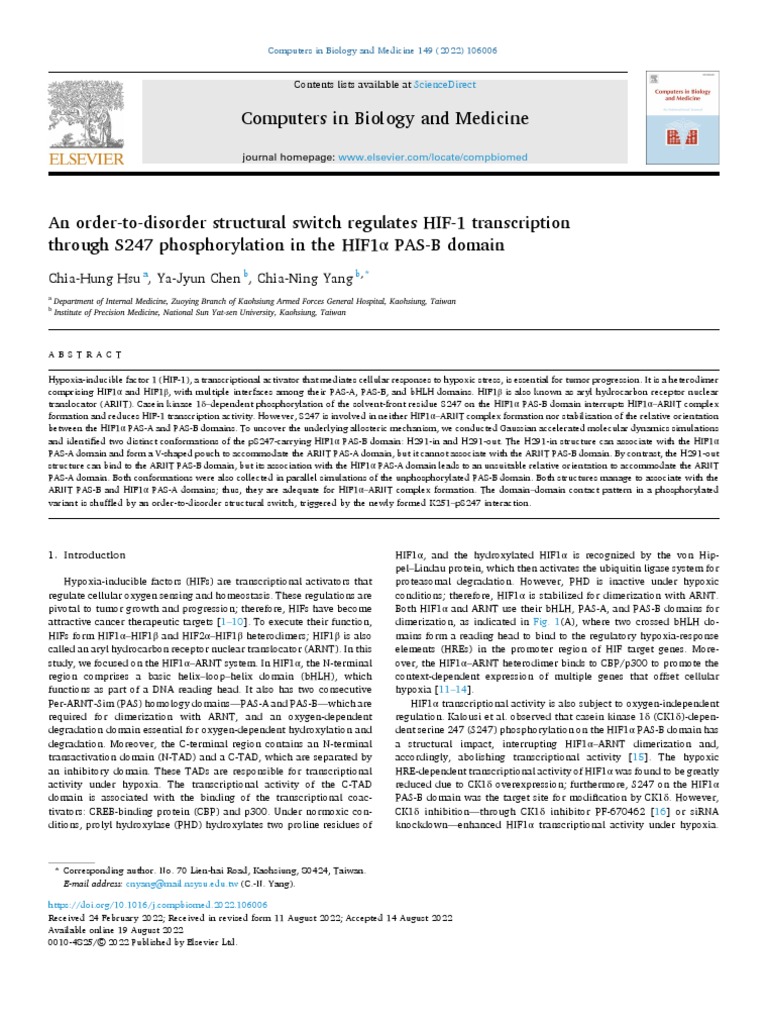In the contemporary technological landscape, the paradigmatic view of computing has been dominated by conventional binary structures, where order reigns supreme. However, recent explorations into the realms of disorder reveal that chaos can also serve as a fertile ground for innovation, particularly in the development of next-generation computing paradigms. This article delves into the intricacies of constructing computers that harness disorder, elucidating various methodologies, potential advantages, and the implications for the future of computing technology.
To commence, it is crucial to delineate the concept of disorder itself in the context of computation. Disorder, defined as a state lacking a discernible pattern, has traditionally been perceived as antithetical to the systematic architecture of conventional computers. In stark contrast to orderly arrangements, chaotic systems feature elements that interact in seemingly arbitrary manners, leading to unpredictable outputs. However, as advancements in fields such as quantum computing, neuromorphic engineering, and stochastic computing emerge, a paradigm shift is taking place, progressively legitimizing the role of disorder in computational frameworks.
One significant approach to harnessing the power of disorder is through the application of quantum computing. Quantum bits, or qubits, embody a state of superposition, wherein they can exist in multiple states simultaneously, unlike classical bits that are restricted to binary states. This intrinsic chaotic potential affords quantum computers an unparalleled advantage in solving complex problems, particularly those involving massive datasets and intricate algorithms. By exploiting the disorderly nature of quantum entanglement, researchers aim to perform computations at speeds that vastly surpass those achievable by classical counterparts.
While exploring quantum computing, it becomes evident that its efficacy hinges on overcoming several challenges, such as qubit coherence and error rates. Developing robust quantum error correction methods is paramount; uncertainty and disorder can induce significant errors in calculations. By embracing disorder rather than strictly controlling it, researchers are innovating methods that exploit redundancy within quantum systems, facilitating more resilient computations. Such advancements pave the way for the realization of multifarious applications, from cryptographic security to materials science.
Another potent avenue for disorder-driven computation is embodied by neuromorphic computing. Drawing inspiration from the brain’s architecture, neuromorphic systems replicate the inherent disorder and redundancy of biological neural networks. Unlike traditional systems that rely solely on structured data processing, neuromorphic computing harnesses the stochasticity and adaptability of neuronal responses. By creating networks of artificial neurons that communicate through noisy signals, neuromorphic architectures can learn and adapt over time. This approach not only mirrors cognitive functions but also offers a promising framework for deploying machine learning algorithms in real environments, where uncertainty and variability abound.
Beyond quantum and neuromorphic computing, the concept of stochastic computing provides an intriguing perspective on leveraging disorder. Stochastic computing utilizes random numbers and probabilistic reasoning to perform computations efficiently. Rather than representing information through precise values, it operates by characterizing data as probabilities, which allows for simpler circuits and reduced energy consumption. This paradigm reflects a significant departure from deterministic computing, opening avenues for applications in areas such as image processing and artificial intelligence, where uncertainty is an intrinsic characteristic of real-world data.
Delving deeper, the integration of chaotic dynamical systems into computing has garnered increasing attention. Researchers are investigating chaos-based secure communication systems, which embed information in chaotic waveforms. These systems leverage the unpredictable nature of chaos to enhance security and cryptography. The ability to transmit data with high degree of secrecy and reliability, while simultaneously resisting external attacks, exemplifies the potential of disorder to contribute meaningfully to secure communication technologies.
It is essential to consider the broader implications of embracing disorder in computing. As the push for sustainability intensifies, the quest for energy-efficient computing solutions becomes paramount. Disorderly computing paradigms, particularly those that simplify designs and optimize performance while utilizing fewer resources, align well with contemporary environmental considerations. The reconfiguration of computing methodologies to embrace chaotic principles could revolutionize not just the efficiency of computational systems but also their ecological compatibility.
Moreover, a philosophical reflection on the role of disorder in technological evolution prompts inquiry into the ethical ramifications inherent in these emerging paradigms. The advent of computing technologies that readily incorporate uncertainty transforms our relationship with machines. As computations become inherently unpredictable, ethical considerations around system security, data integrity, and decision-making algorithms gain heightened importance. Balancing the pursuit of innovation with the scrutiny of ethical standards will be essential as society navigates the uncharted territory of disorder-driven computation.
In conclusion, the integration of disorder into computing paradigms opens up an expansive vista of possibilities, blurring the lines between chaos and order. Quantum computing, neuromorphic systems, stochastic methodologies, and chaos-based technologies each illuminate pathways through which disorder can be harnessed for unprecedented computational capabilities. As these innovative approaches burgeon, society must consider the broader implications, ensuring that the pursuit of disorder-driven advancements adheres to foundational ethical principles. The future of computing beckons a reimagined embrace of chaos, promising not only enhanced efficiency and capability but also a deeper understanding of the intricate fabric of our technological existence.












